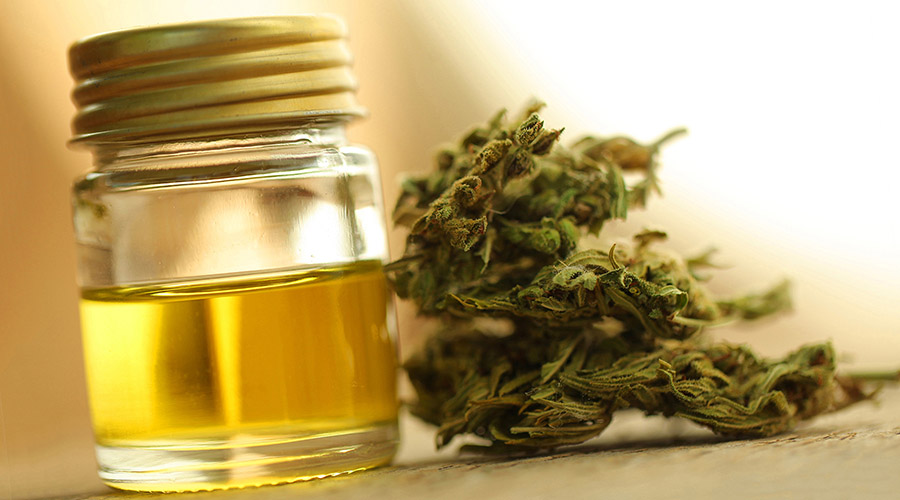
Contents
By now, it’s likely that you’ve either heard from friends, read mind-blowing testimonials, or seen celebrities post about CBD oil. But, there’s a new product hitting the cannabis scene these days — CBG oil.
In this article, we’re going to explore the definition of CBG. We’ll tell you how it differs from CBD, talk about its uses, then end with some helpful buying tips and tricks.
What Is CBG Oil?
First off, let’s talk about the phytocannabinoid, CBG (cannabigerol), before we discuss CBG oil. Cannabigerol is one of the fundamental plant particles in hemp. It’s also found in some marijuana strains. But, in this article, we’re going to talk about CBG in the context of hemp. Researchers found that cannabigerol is non-psychoactive and deemed safe for consumption.
Furthermore, CBG sits at the hierarchy of the hemp plant’s chemical structure. In other words, CBG is responsible for the birth of all other phytocannabinoids (cannabinoids for short). Without CBG, there would be no CBD, no THC, and no CBC. Clearly, this is an important cannabinoid.
Given its extreme value, manufactures are now making CBG oil for consumers who want to improve their health using botanical-based products. To make the oil, they start by growing or sourcing hemp strains that have high concentrations of cannabigerol. Then, they extract the plant’s phytochemicals. This can include CBG, other cannabinoids, terpenes, flavonoids, omega fatty acids, and more.
This extract is added to a carrier oil, such as coconut, olive, or avocado oil. A carrier oil helps with the bioavailability and digestibility of CBG as well as the other beneficial plant properties.
The example we just gave describes a full-spectrum CBG oil. Your other choices when scouting the best CBG oils available include broad-spectrum and isolate.
But, what makes CBG oil different than CBD oil? Thought you would never ask!
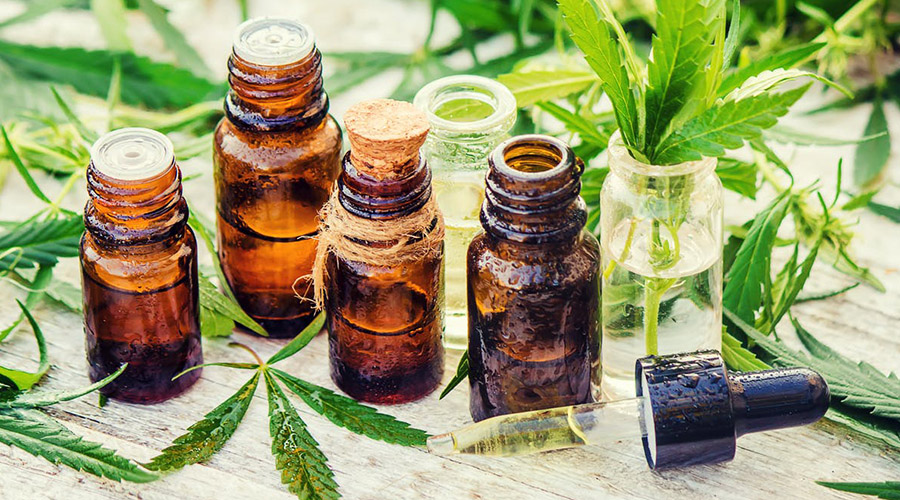
What’s the Difference: CBG vs CBD
We talked a lot about CBG. So, let’s switch gears and discuss CBD for a bit. CBD (cannabidiol) is another primary cannabinoid in the hemp plant. Like CBG, cannabidiol is also non-psychoactive and federally legal in the U.S. to consume.
It’s gained a lot of attention over the last few years because many people are experiencing relief from some of their uncomfortable ailments.
Not only is CBD popular with consumers, but it also caught the interest of the World Health Organization (WHO). In fact, the WHO published a critical review report on CBD in July 2018. They concluded that CBD was safe, well-tolerated, had no potential for abuse, and exhibited very few side effects.
Research on CBG isn’t as in-depth as the research on CBD, so as of now, there’s no critical review report on cannabigerol. However, with the rise in CBG popularity, more research and studies are in the works.
Even with limited research, we’re still privy to the major difference between CBG vs CBD. Want to know what that is?
In short, the difference between these two cannabinoids is how they each interact with the body’s endocannabinoid system (ECS). This system is a biological regulatory mechanism. It maintains the internal balance in our bodies, known as homeostasis.
The interaction CBD and CBG have with our ECS is why we can feel effects when consuming products that contain these cannabinoids. But, each of them has their own unique relationship with the ECS. We’re going to explain all the specifics now.
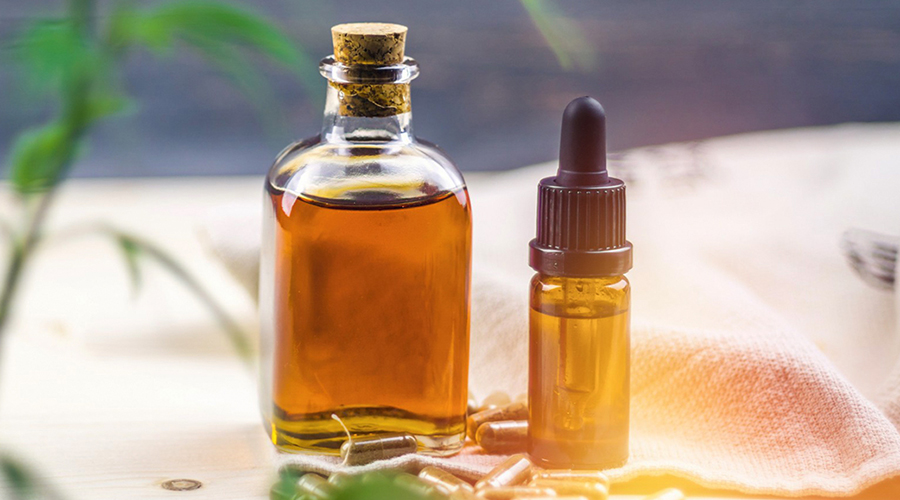
CBG Effects: How This Cannabinoid Impacts the Body
CBG impacts the body through its interaction with the ECS. This system consists of enzymes, cannabinoid receptors (CB1 and CB2), and endocannabinoids. The two major endocannabinoids are anandamide (AEA) and 2-arachidonoylglycerol (2-AG).
When you consume CBG oil or another form of CBG, it binds with and activates the cannabinoid receptors, CB1 and CB2. The majority of these receptors are found in cell membranes throughout the central nervous system (brain and spinal cord) and the immune system.
The binding to, and activation of these receptors, directly impact the health of your central nervous system and immune system. Needless to say, this is a pretty big deal. And it’s the reason CBG effects are so powerful.
In contrast, ingesting, smoking, or topically applying CBD has a different impact on the ECS. CBD doesn’t have the same binding affinity to C1 and CB2 the way CBG does. The effects of CBD are more indirect in nature. Actually, CBD has a greater effect on the endocannabinoid, anandamide (AEA), than it does with CB1 and CB2.
Anandamide, known as the ‘bliss molecule’, increases dopamine, our ‘feel-good’ transmitter. When supplementing with CBD, anandamide stays in the body longer, helping to improve our mood.
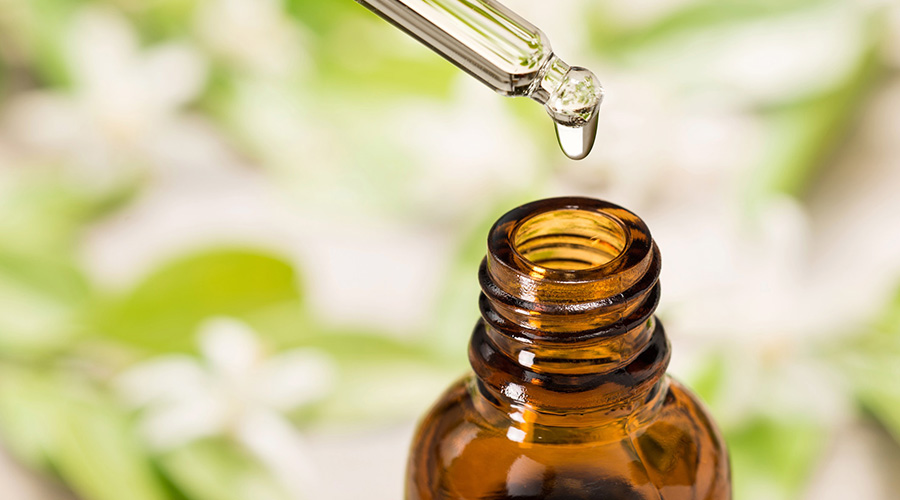
CBG Oil Benefits and Uses
Scientific studies speak a lot about the benefits of CBG oil. We actually wrote an article to highlight some of the most astounding studies on CBG oil benefits to date.
With the recent crackdown from the FDA (Food & Drug Administration), we feel its best to point you towards these studies rather than summarize their findings in this blog. Until the FDA starts regulating CBD and CBG derived products as dietary supplements or drugs, we can’t make any medical claims. Even quoting scientific studies and journals has caused problems for some companies.
However, we can talk about CBG oil uses, an exciting topic no doubt! Given the infancy of CBG popularity, not a lot of brands carry CBG oil — yet. The brands that do carry it, generally offer CBG oil as full-spectrum, broad-spectrum, or isolates. Then there are the innovative brands that developed hybrid CBG oil (50% CBG and 50% CBD).
Besides taking CBG oil sublingually, under your tongue, you can also use CBG oil to make a skincare product, homemade edible, or drizzle some on your salad or toast.
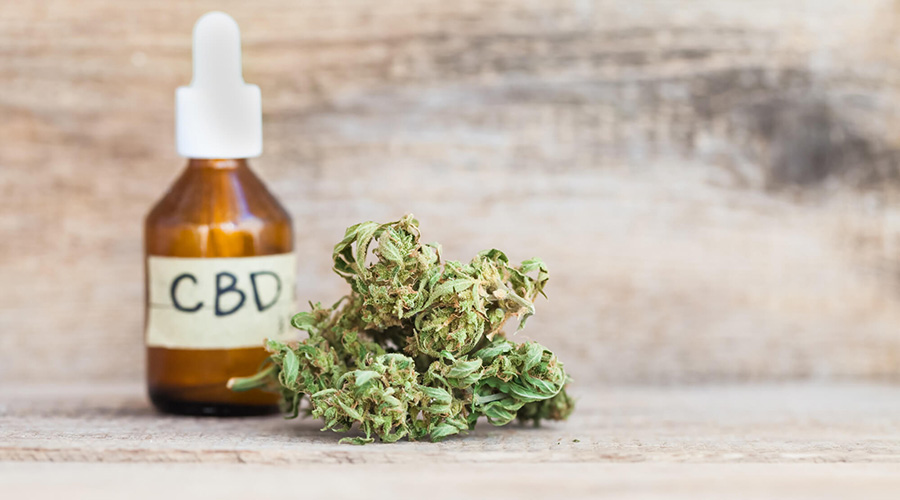
What to Consider When Buying CBG Oil?
A lot of thought usually goes into buying a wellness product. CBG oil is no different. It’s always a good idea to know exactly what you’re putting inside your body.
When you’re looking at different CBG oils it’s helpful to keep these pointers handy.
- Find out where the company sources its hemp. The best quality hemp generally grows in the United States and Northern Europe.
- Read the list of ingredients carefully. The best CBD oil products keep it clean and simple. Look for products without preservatives, additives, coloring, or artificial flavorings.
- Track down the Certificate of Analysis (COA). This is the name of a report issued by an independent third-party lab. It will show you how much CBG is inside the bottle. Take this number (in mg) and compare it to the number of mg of CBG shown on the product label. If the company pays for a full panel of testing, the COA will also show you if the CBG oil has heavy metals, pesticides, residual solvents, mycotoxins, and other contaminants.
- See what other customers have to say. Reviews and testimonials can help in your decision-making process.
Final Thoughts
Legalizing industrial hemp at the federal level was a huge milestone for the United States. The reach of holistic and therapeutic wellness products has significantly increased since then. First with CBD and now with CBG. What an awesome time to be alive!
Comment below with your questions on CBG oil.